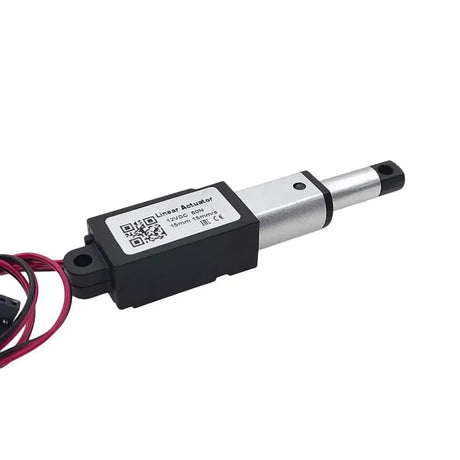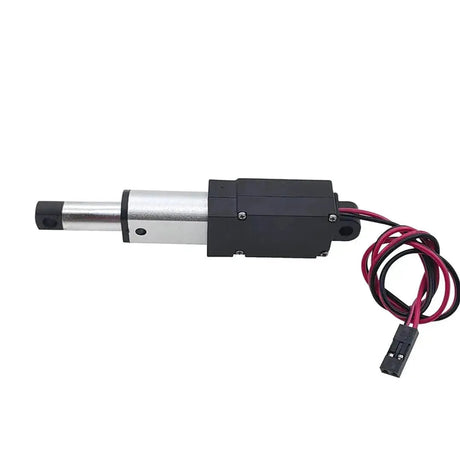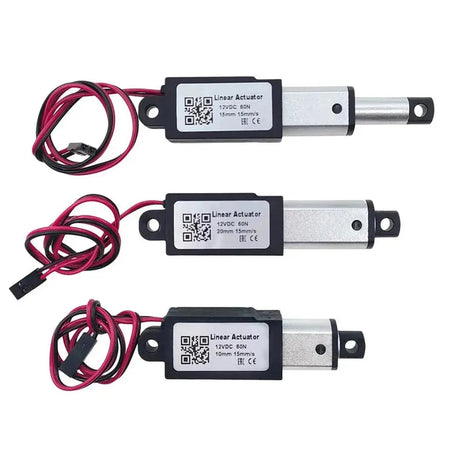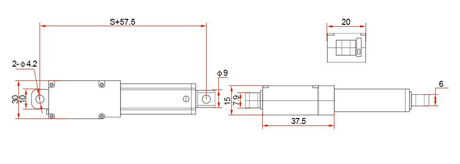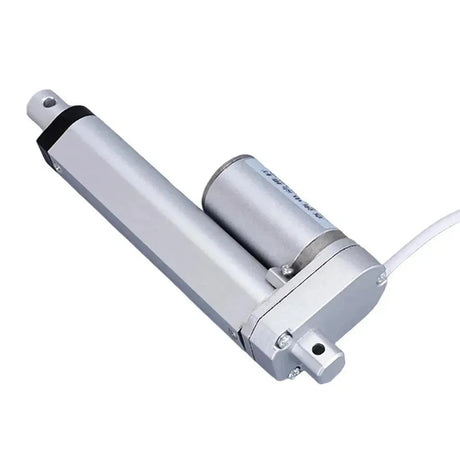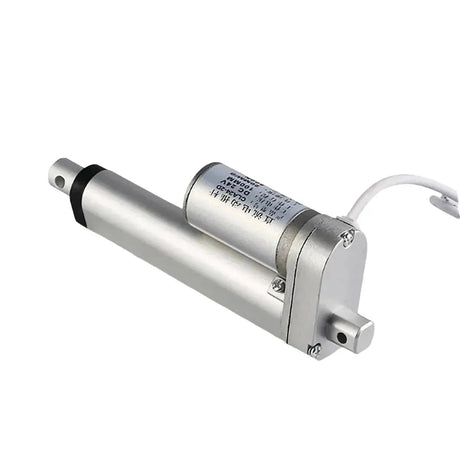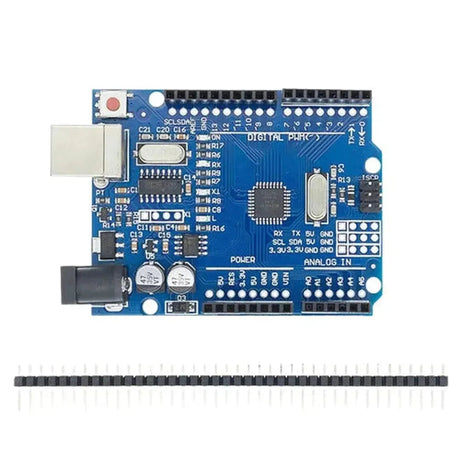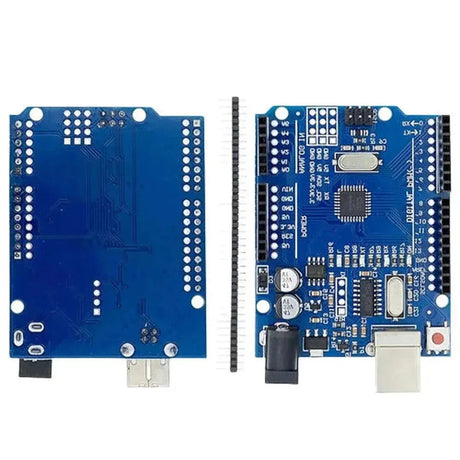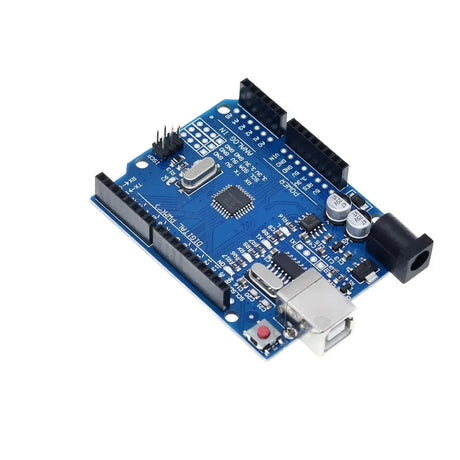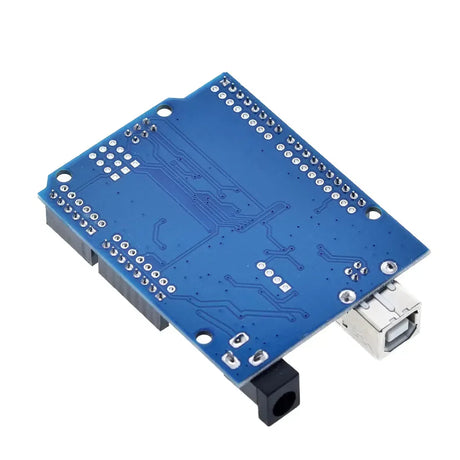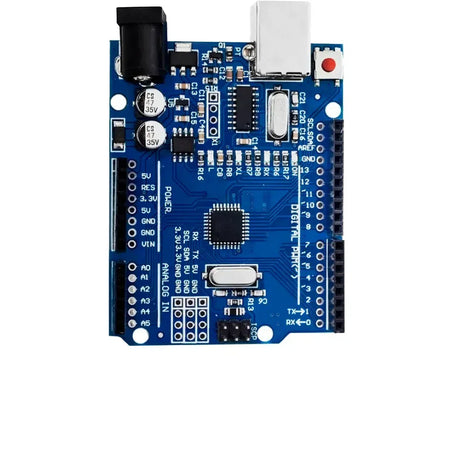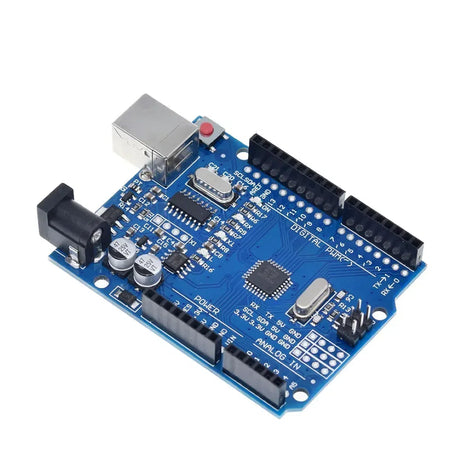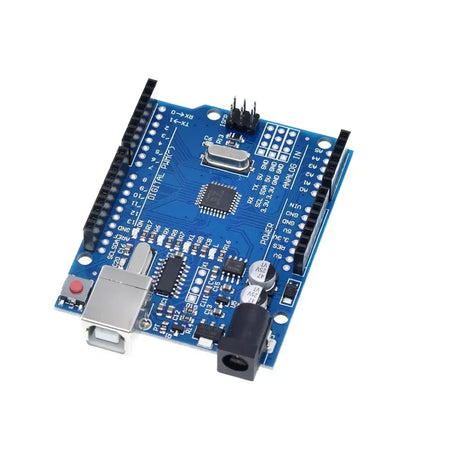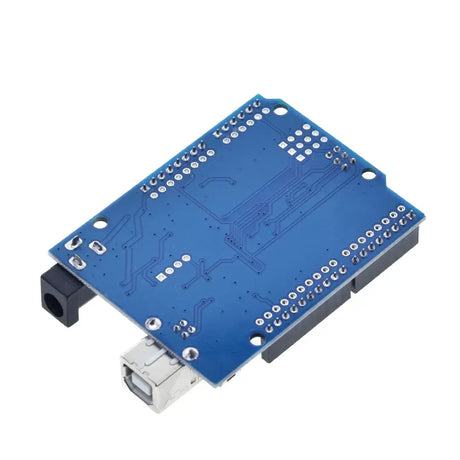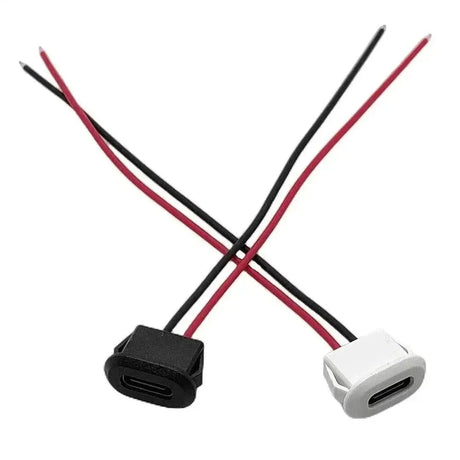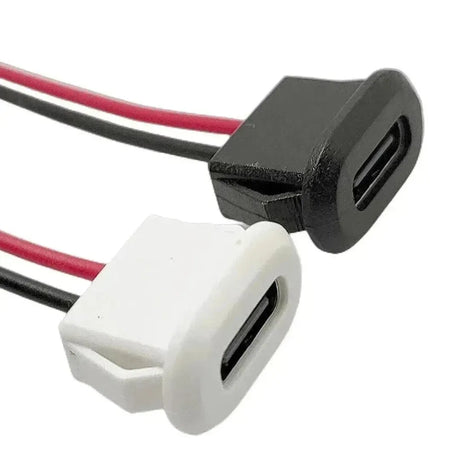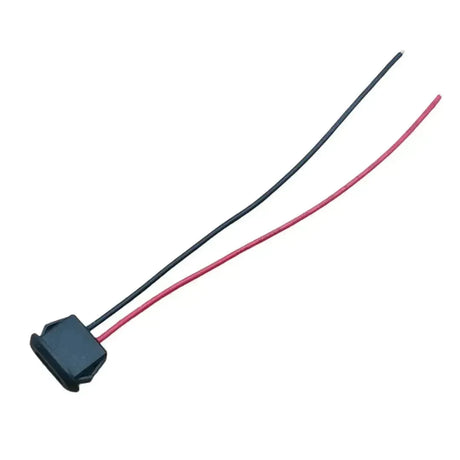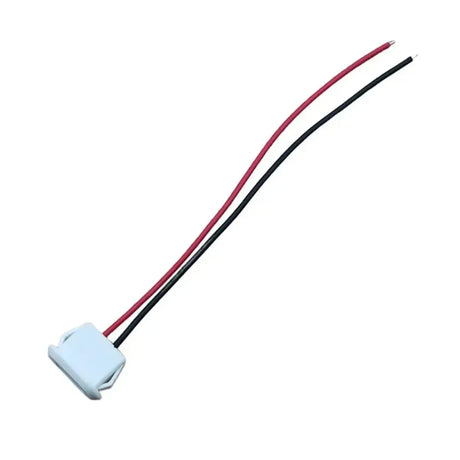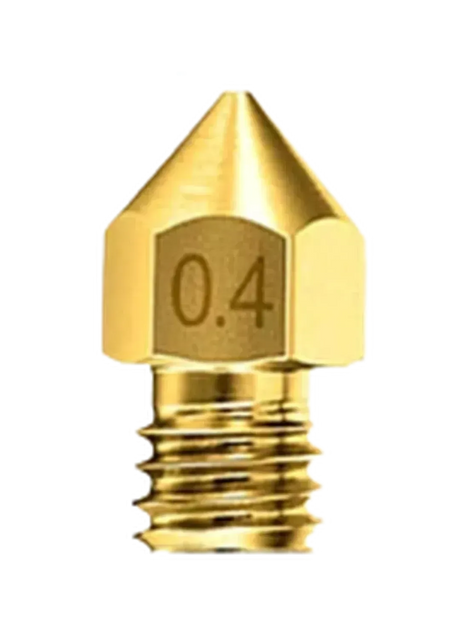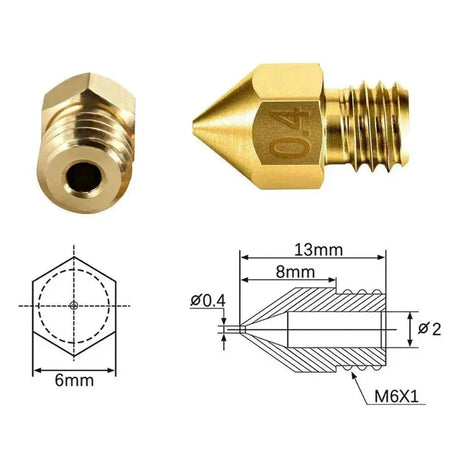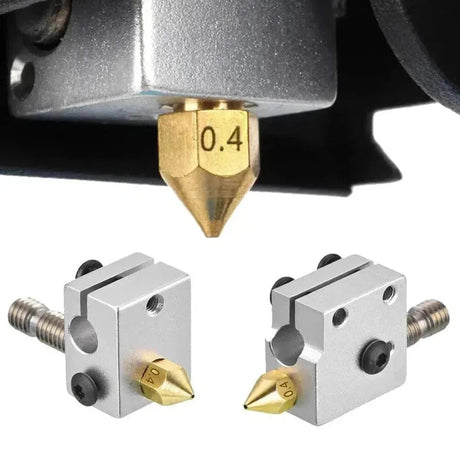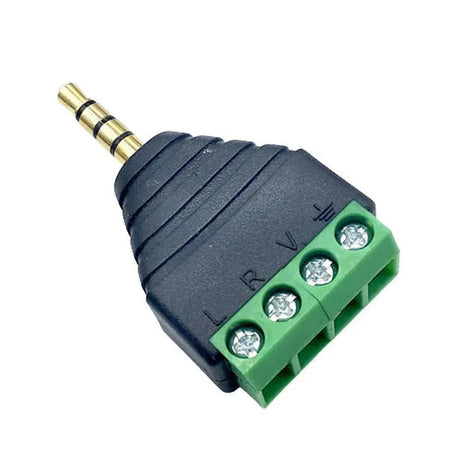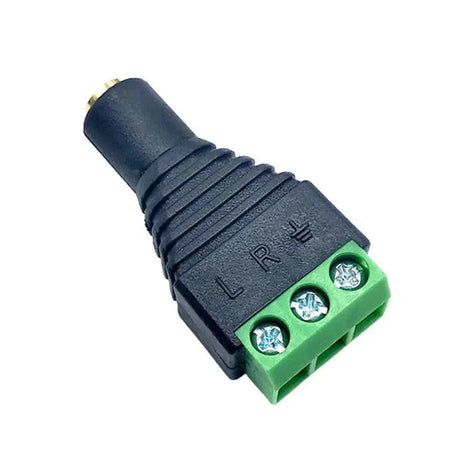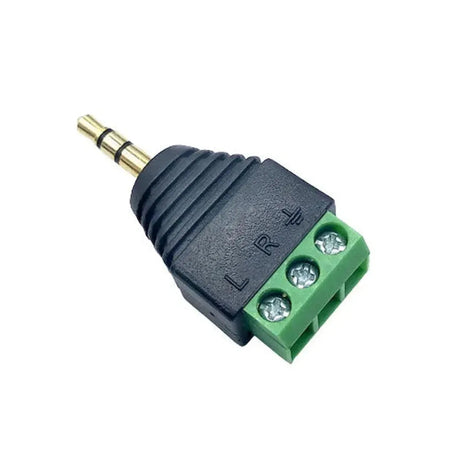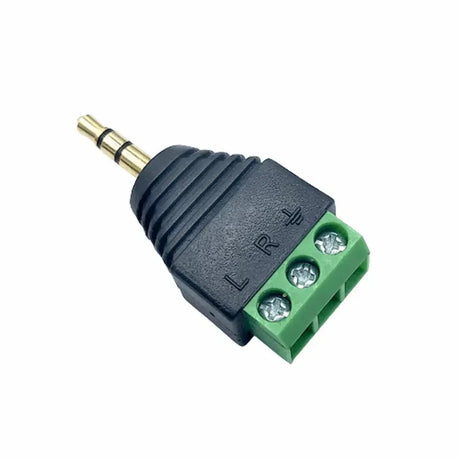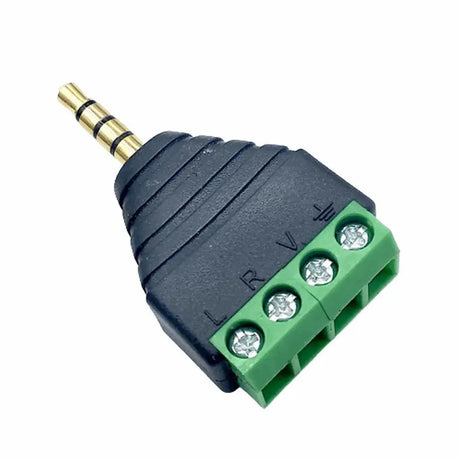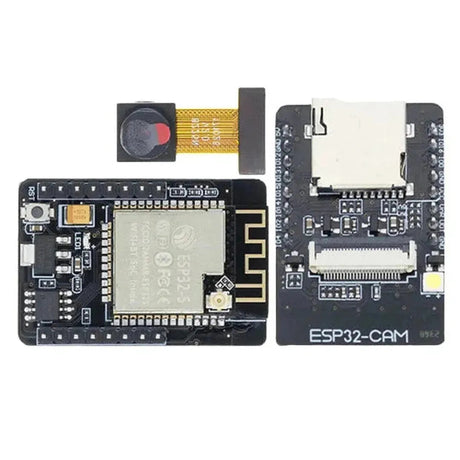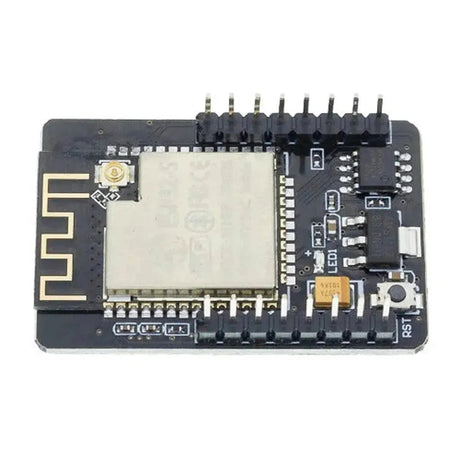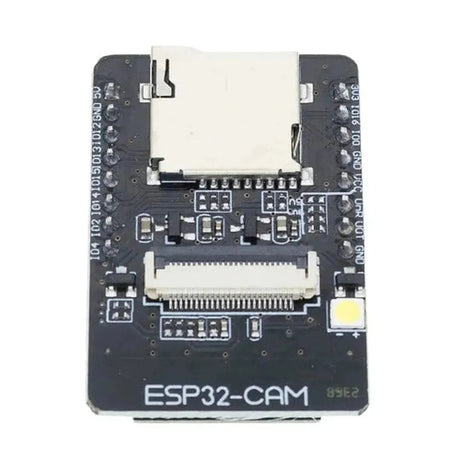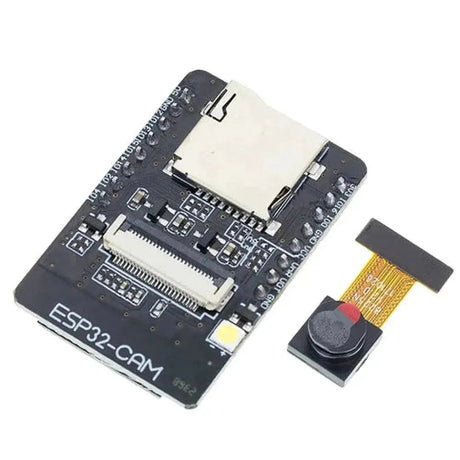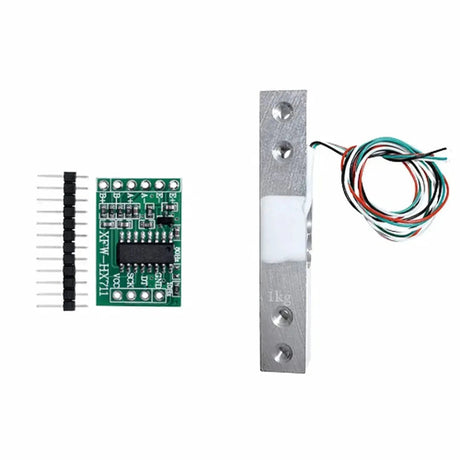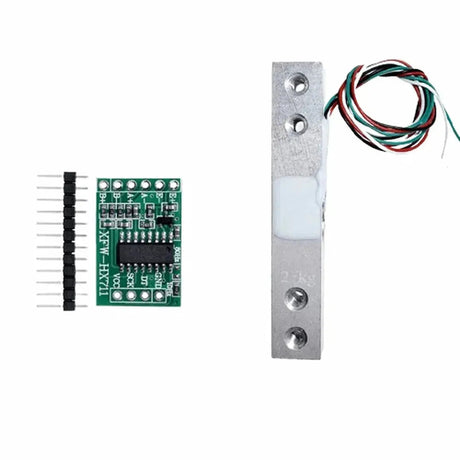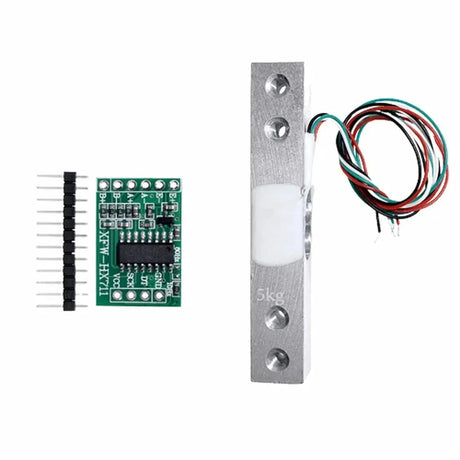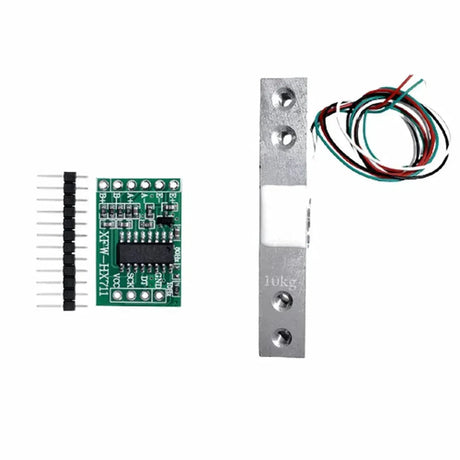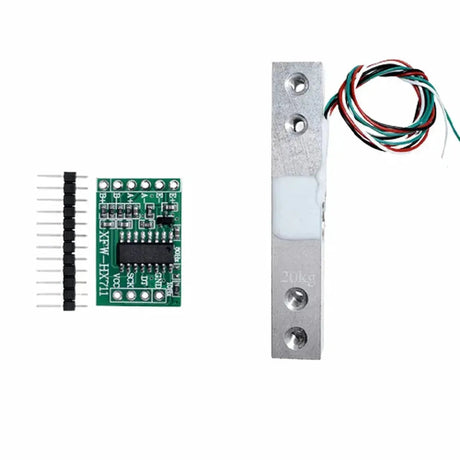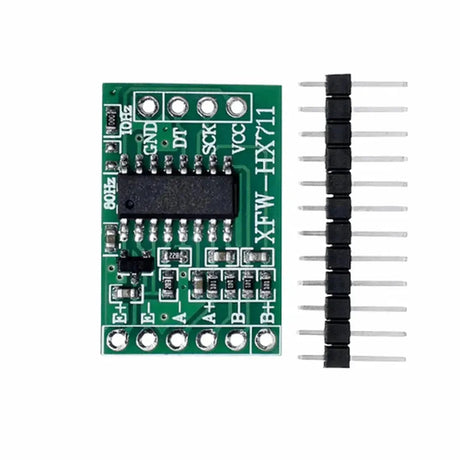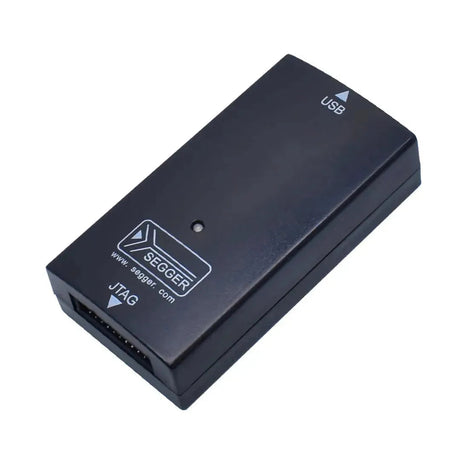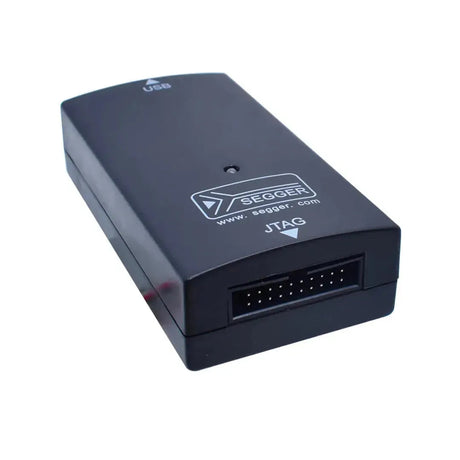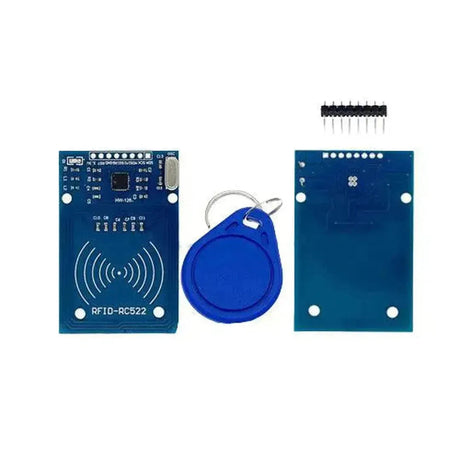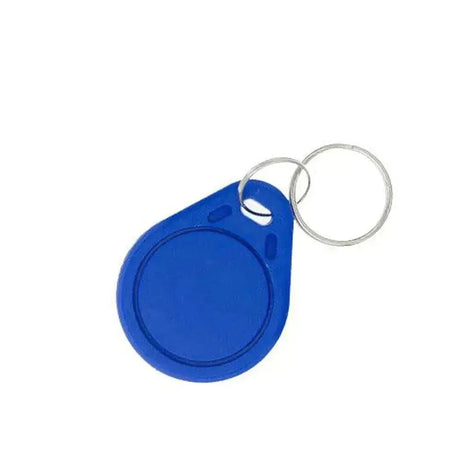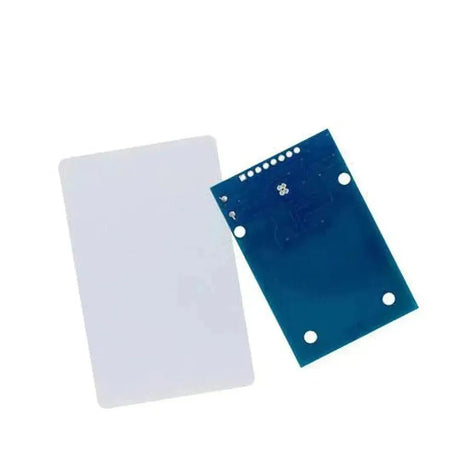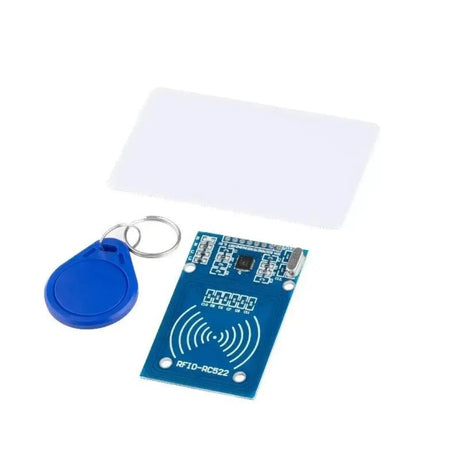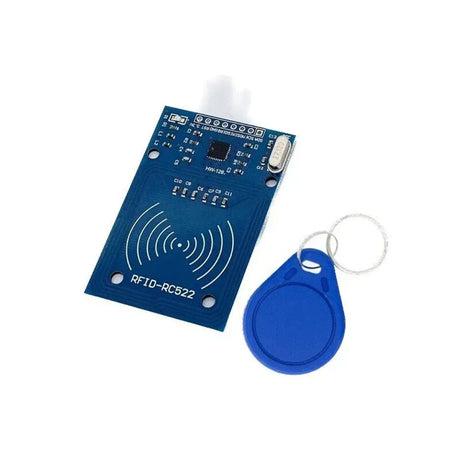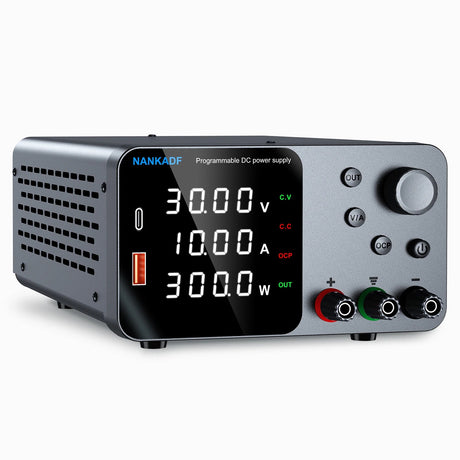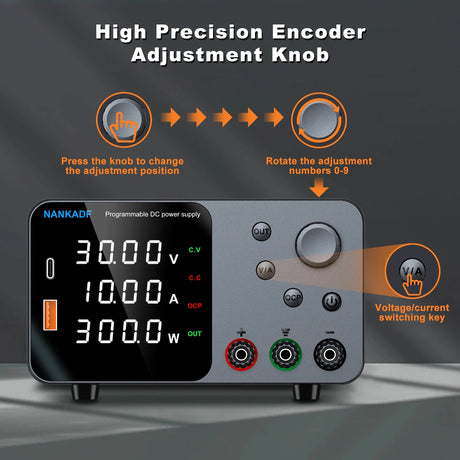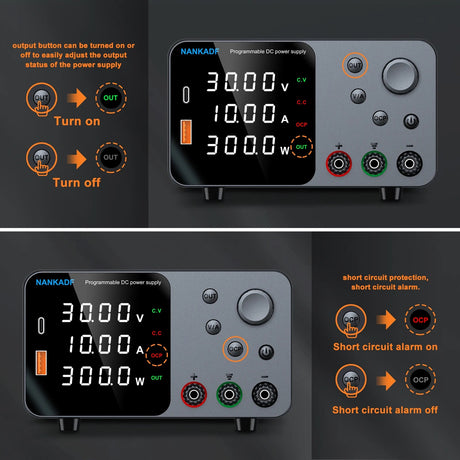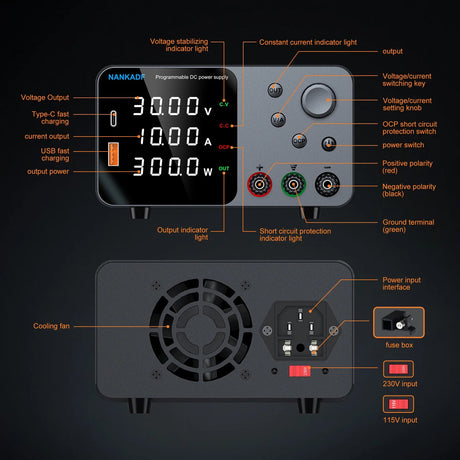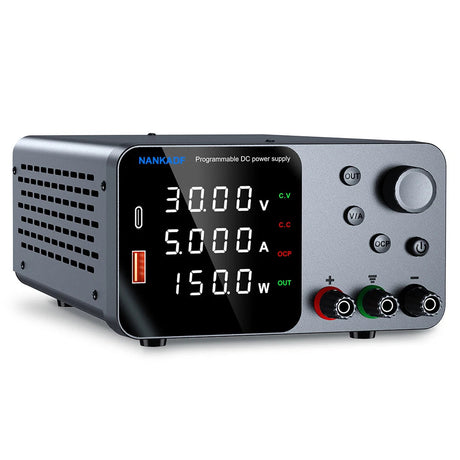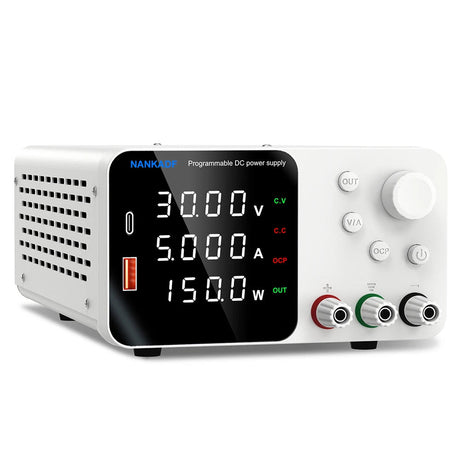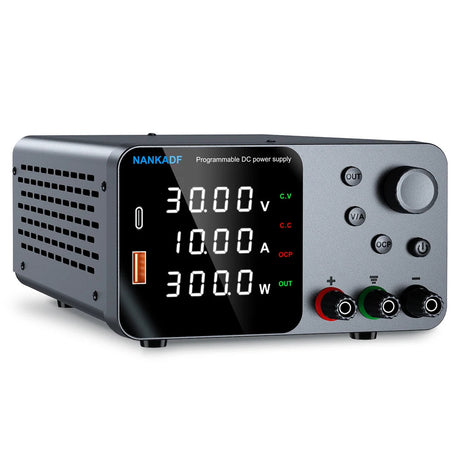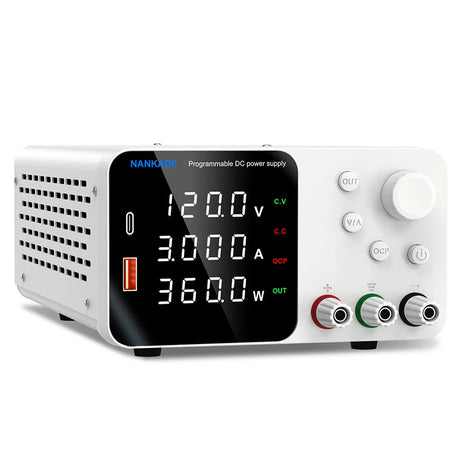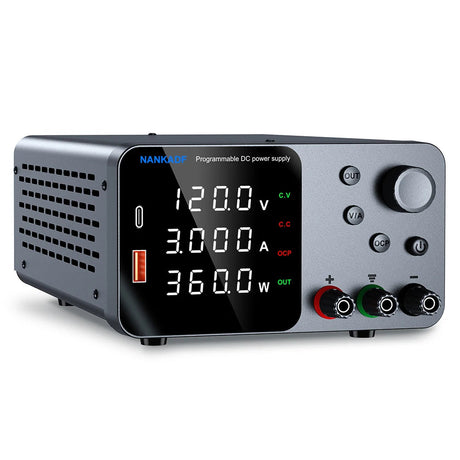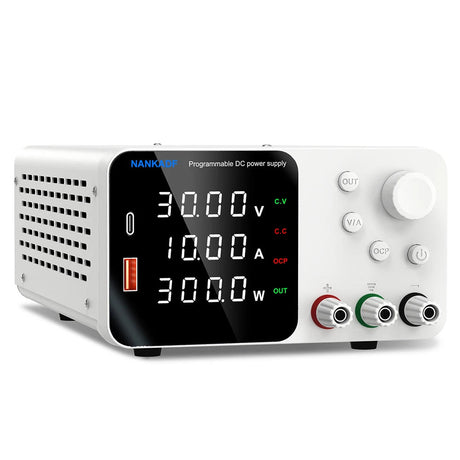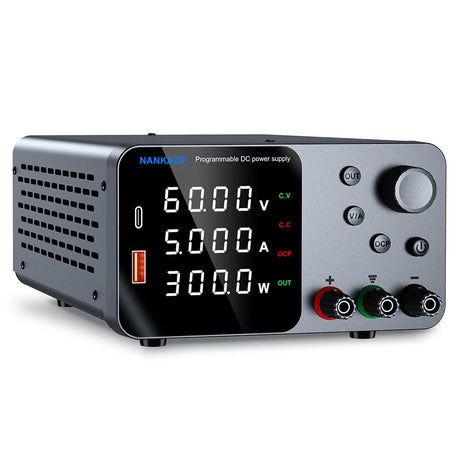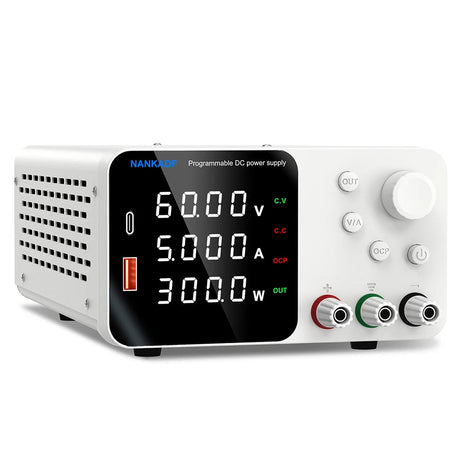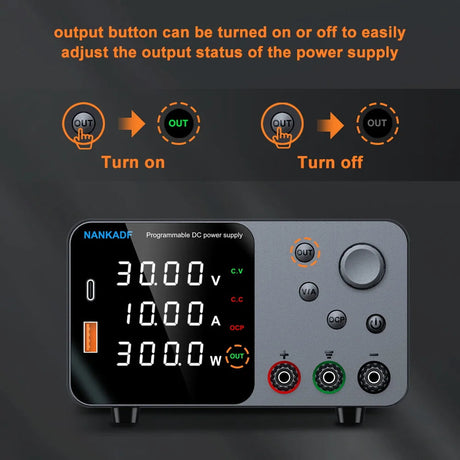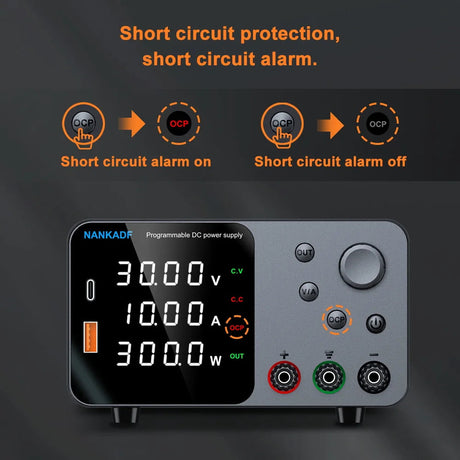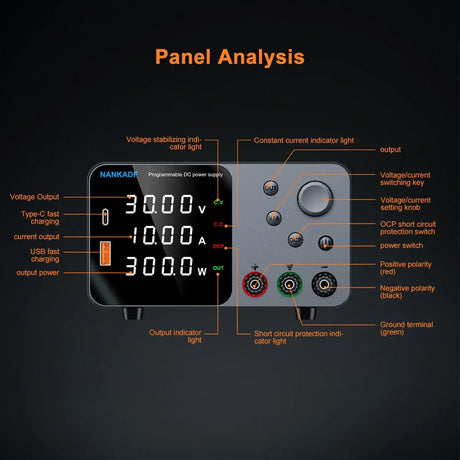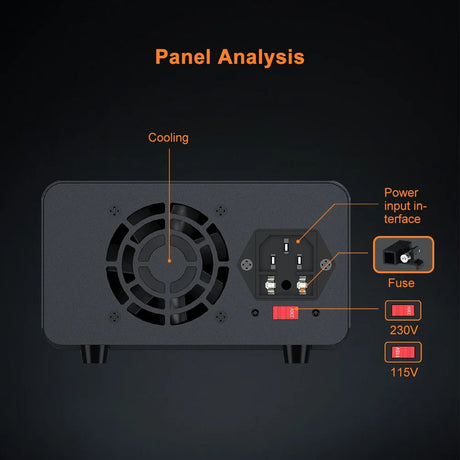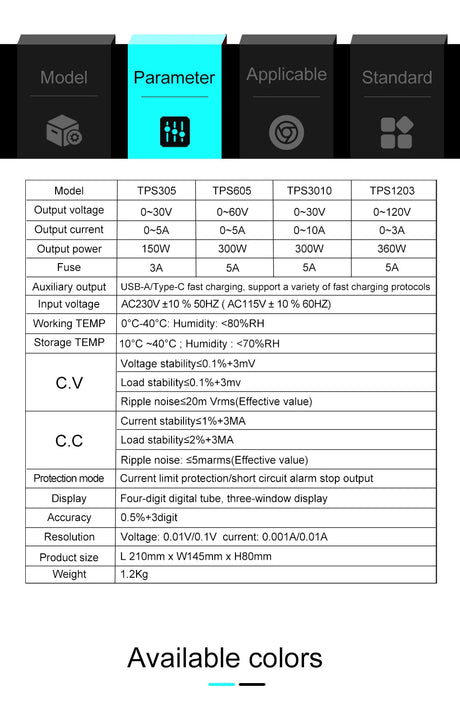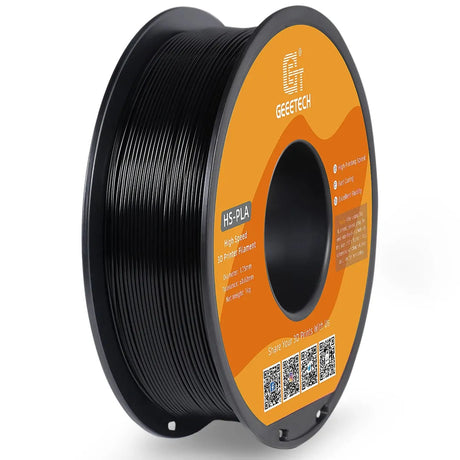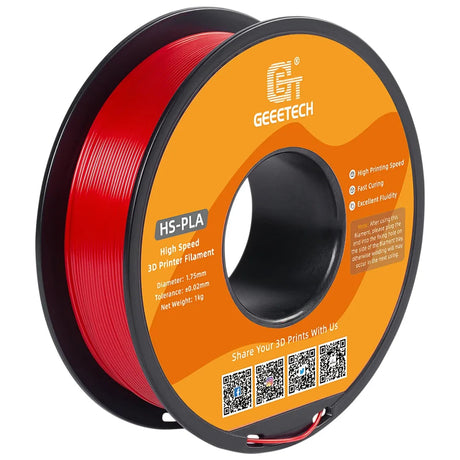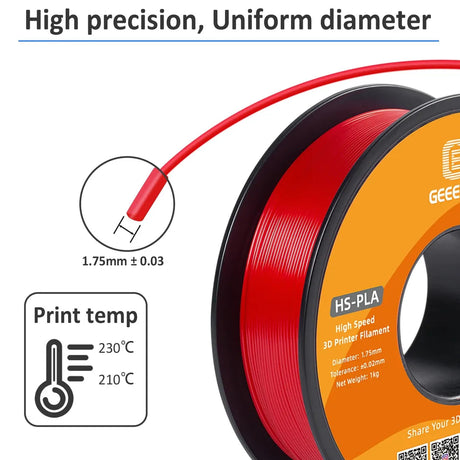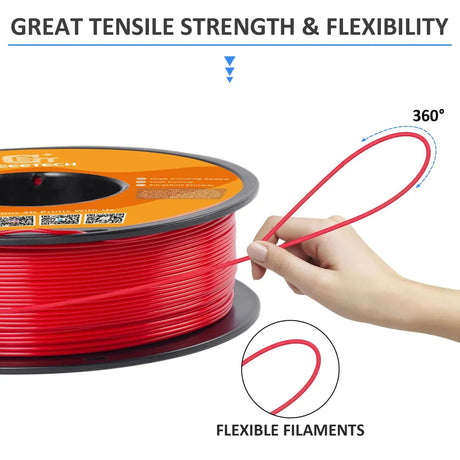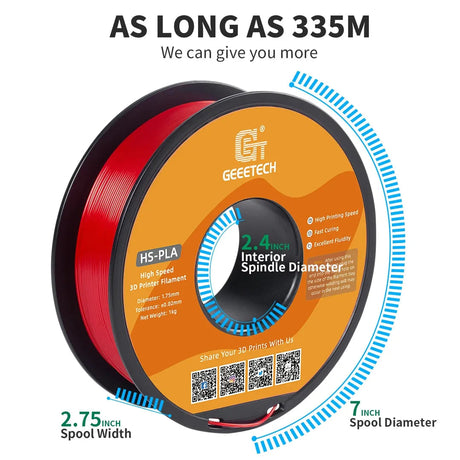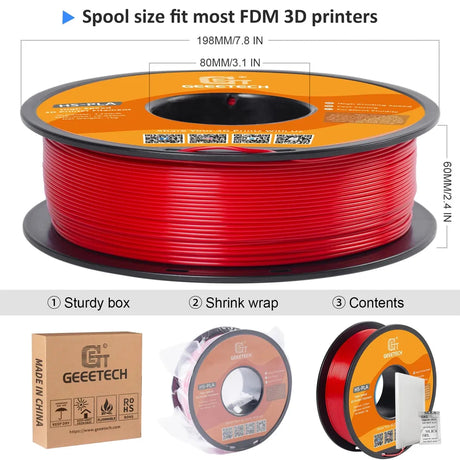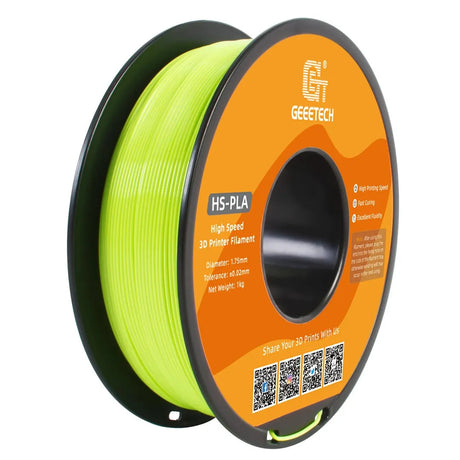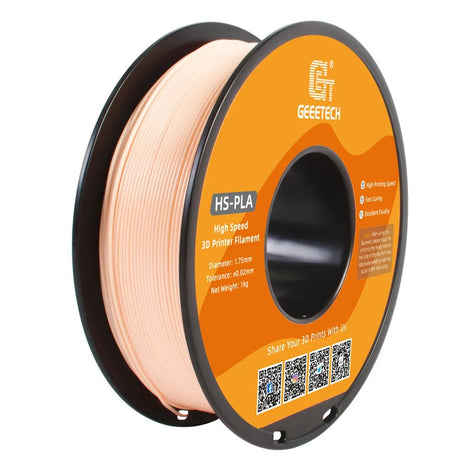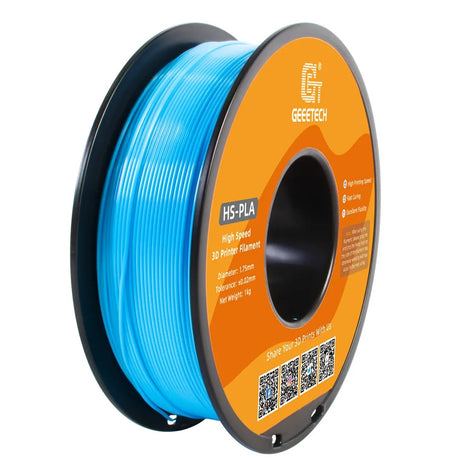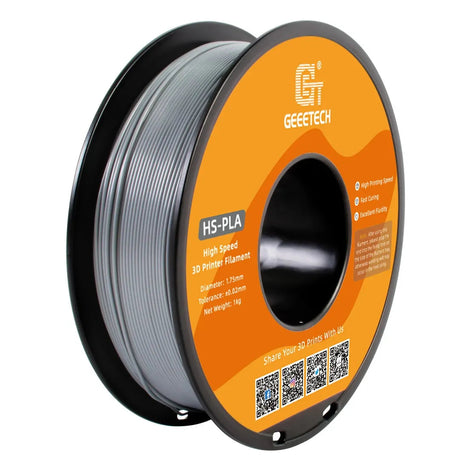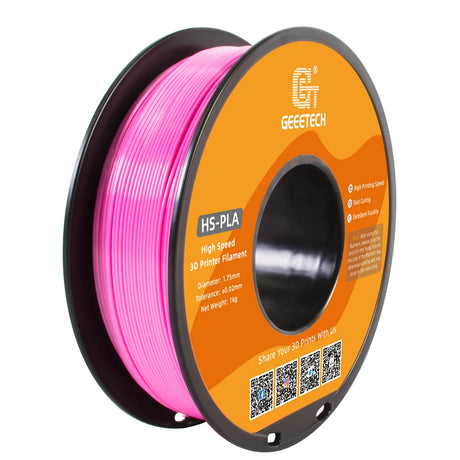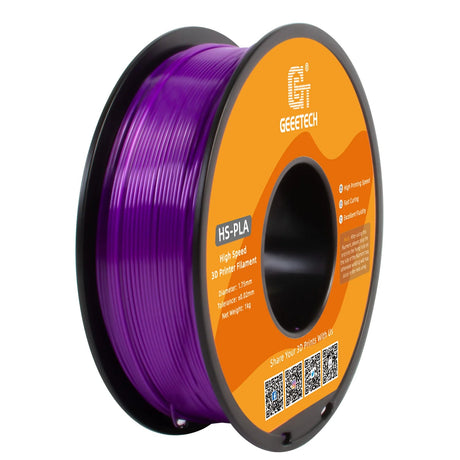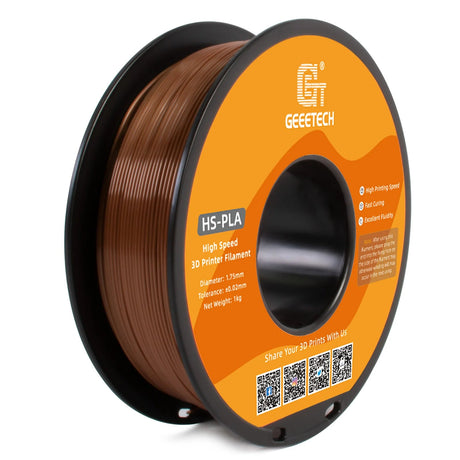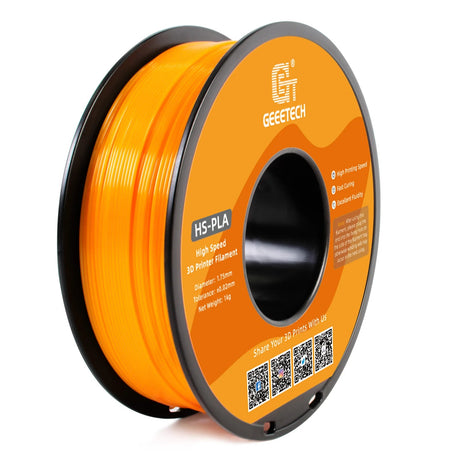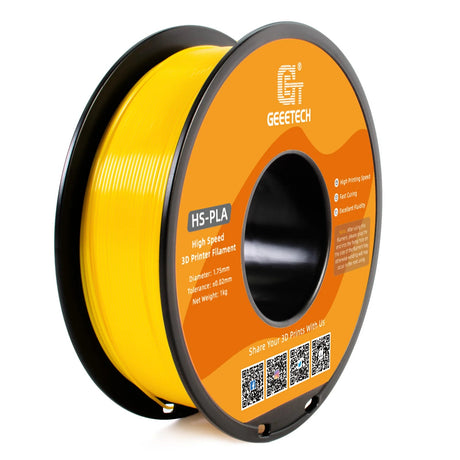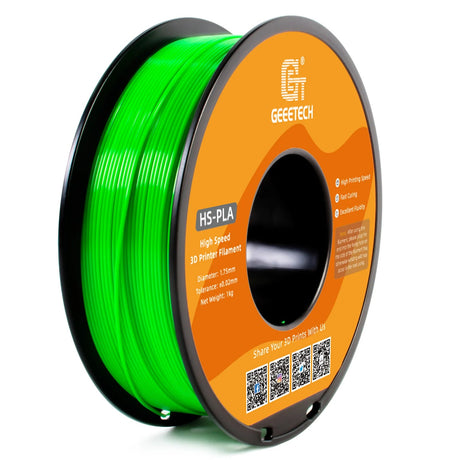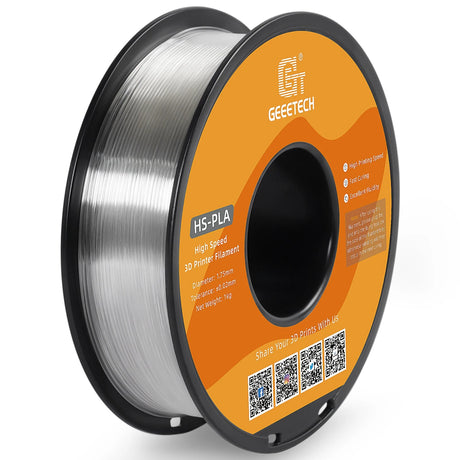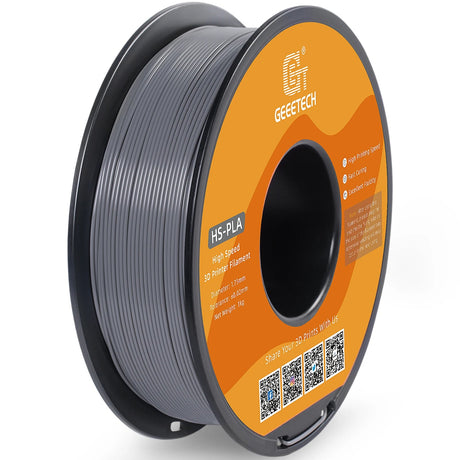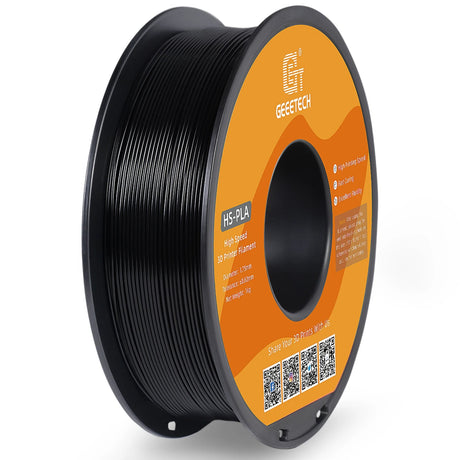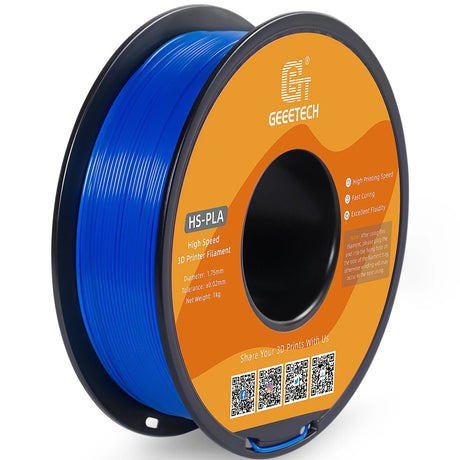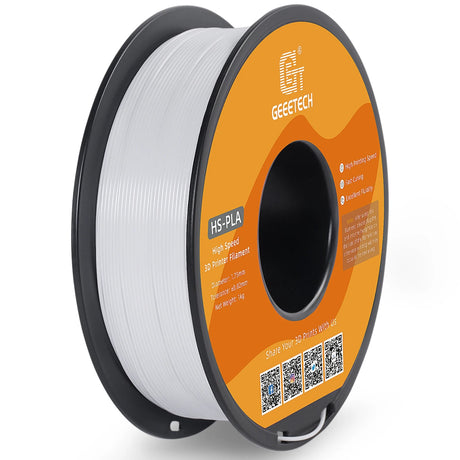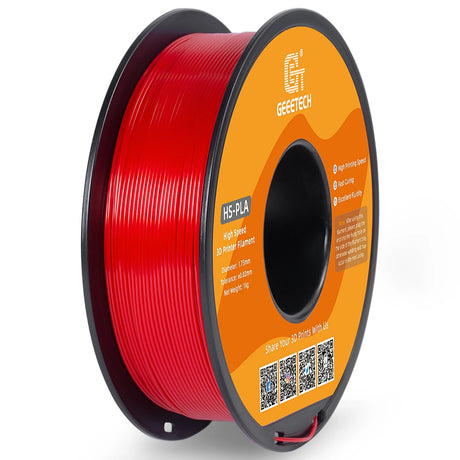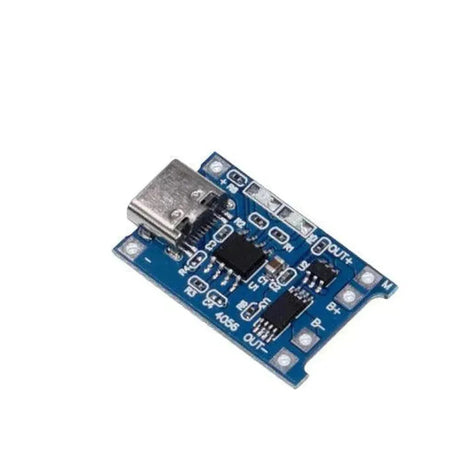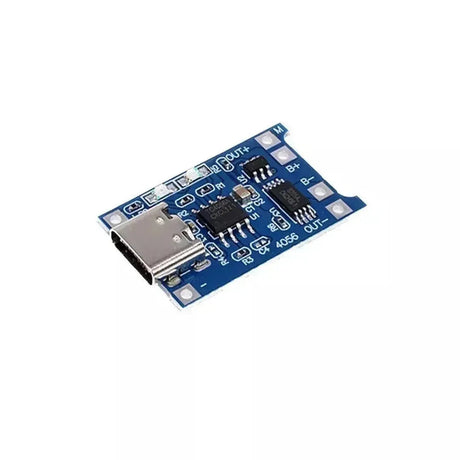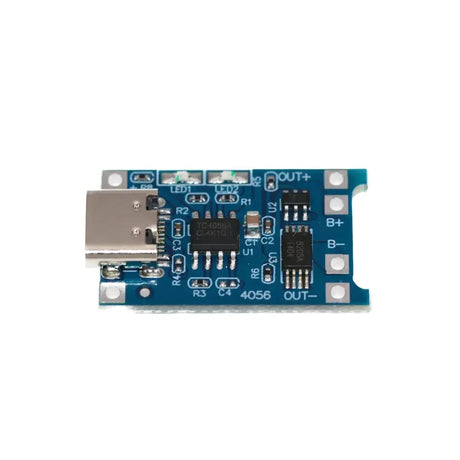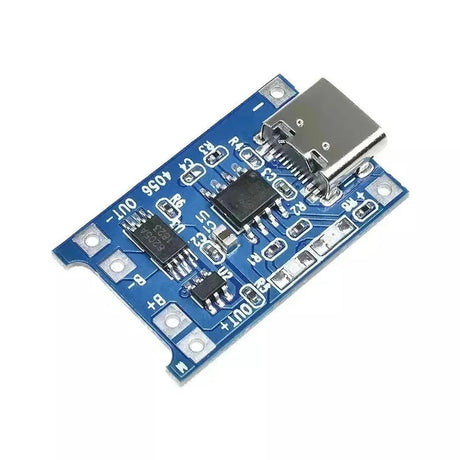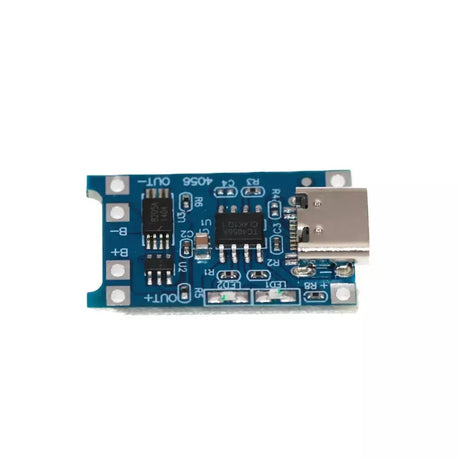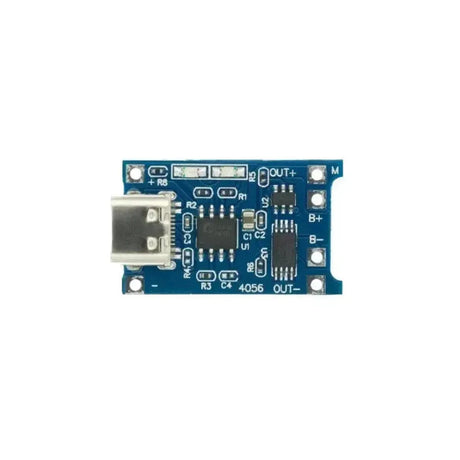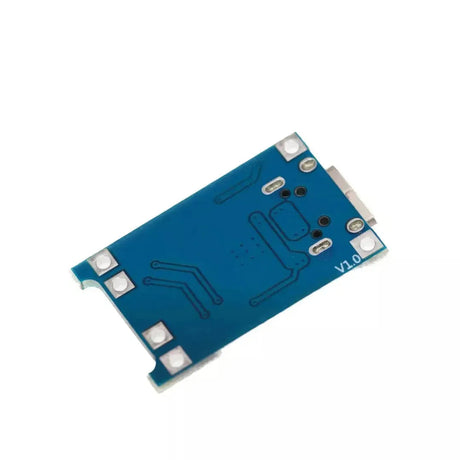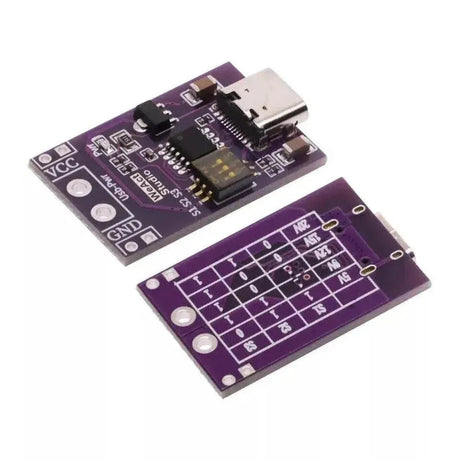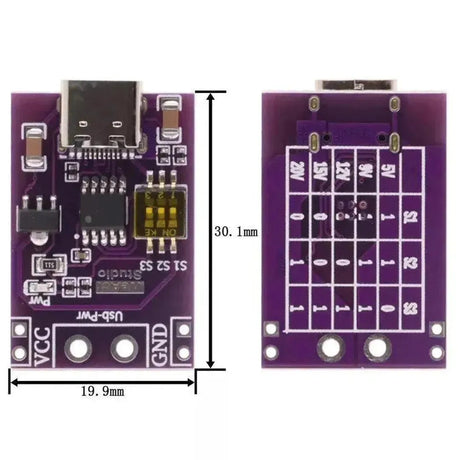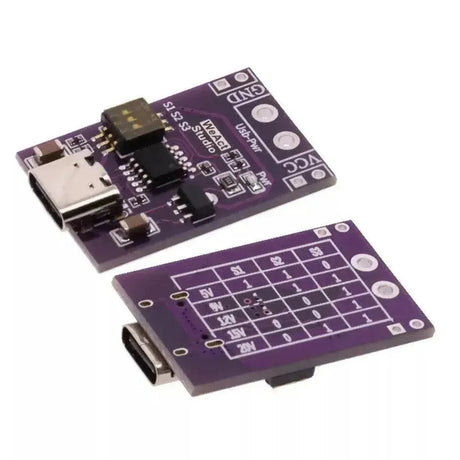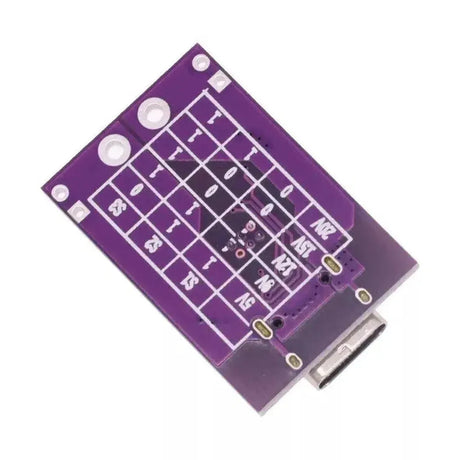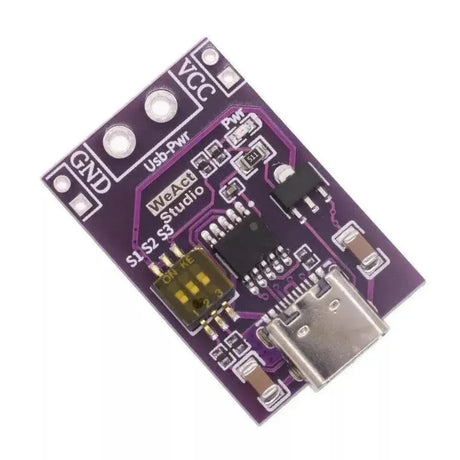Use this tool to calculate the frequency of a wave from its wavelength. The speed of light is used as the constant for calculations.
Wavelength to Frequency Calculator
Understanding the relationship between wavelength and frequency is fundamental in the fields of physics and engineering. Wavelength refers to the distance between consecutive peaks of a wave, while frequency measures how many waves pass a given point per second. These two properties are intrinsically linked through the speed of the wave. For electromagnetic waves, such as light, the speed is a constant—approximately 299,792,458 meters per second in a vacuum. This constant relationship allows for the seamless conversion between wavelength and frequency, enabling scientists and engineers to analyze and utilize wave phenomena effectively.
The wavelength to frequency calculator simplifies this conversion by allowing users to input a wavelength in various units, including meters, centimeters, millimeters, micrometers, or nanometers. By selecting the appropriate unit and entering the numerical value, the calculator automatically computes the corresponding frequency. This tool is invaluable for students, researchers, and professionals who need quick and accurate conversions without delving into manual calculations. Whether you are working on a physics experiment, designing telecommunications equipment, or studying the properties of light, this calculator streamlines the process, saving time and reducing the potential for errors.
Electromagnetic waves encompass a broad spectrum, including radio waves, microwaves, infrared, visible light, ultraviolet, X-rays, and gamma rays. Each type of wave has a unique wavelength and frequency range, which determines its behavior and applications. For instance, radio waves with longer wavelengths are used in broadcasting and communication, while X-rays with shorter wavelengths are essential in medical imaging. By understanding and calculating the frequency from wavelength, one can better comprehend the characteristics and appropriate uses of different wave types. This calculator aids in bridging the gap between theoretical concepts and practical applications, enhancing the user's ability to work with various waveforms effectively.
In addition to electromagnetic waves, the principles of wavelength and frequency apply to other types of waves, such as sound waves and seismic waves. For sound waves, wavelength and frequency determine the pitch and tone we perceive, playing a crucial role in fields like acoustics, music, and audio engineering. Similarly, seismic waves, which travel through the Earth, require precise frequency calculations to analyze geological structures and predict earthquakes. This versatile calculator supports a wide range of applications, making it a valuable resource for diverse scientific and technical disciplines.
Accurate wavelength and frequency calculations are essential for advancing technology and scientific research. Whether you are exploring the depths of quantum mechanics, developing new communication technologies, or conducting environmental studies, having a reliable tool to convert between these fundamental wave properties is indispensable. The wavelength to frequency calculator provides an intuitive and user-friendly interface, enabling seamless transitions between units and precise results. Enhance your projects and deepen your understanding of wave phenomena with this essential calculator, designed to support your analytical and experimental endeavors.
By integrating this wavelength to frequency calculator into your workflow, you gain immediate access to essential calculations that underpin many aspects of modern science and technology. Its straightforward design ensures that users of all skill levels can perform conversions effortlessly, fostering a more efficient and informed approach to studying and applying wave-related concepts. Whether used in educational settings, research laboratories, or industry environments, this calculator serves as a dependable tool for unlocking the intricate relationships between wavelength and frequency.
Physical Units
- Centimeters to Inches Calculator – Convert centimeters to inches.
- Inches to Centimeters Calculator – Convert inches to centimeters.
- Fahrenheit to Celsius Calculator – Convert temperatures from Fahrenheit to Celsius.
- Celsius to Fahrenheit Calculator – Convert temperatures from Celsius to Fahrenheit.
- Frequency Converter – Convert between Hz, kHz, MHz, GHz, and THz.
- Wavelength to Frequency Calculator – Convert wavelength to frequency, auto-formatted.
- PSI to BAR Converter – Convert PSI to BAR.
- BAR to PSI Converter – Convert BAR to PSI.
- AWG Converter – Convert between AWG sizes, diameter, and area.
Notice an Issue? Have a Suggestion?
If you encounter a problem or have an idea for a new feature, let us know!
Report a problem or request a feature here.


